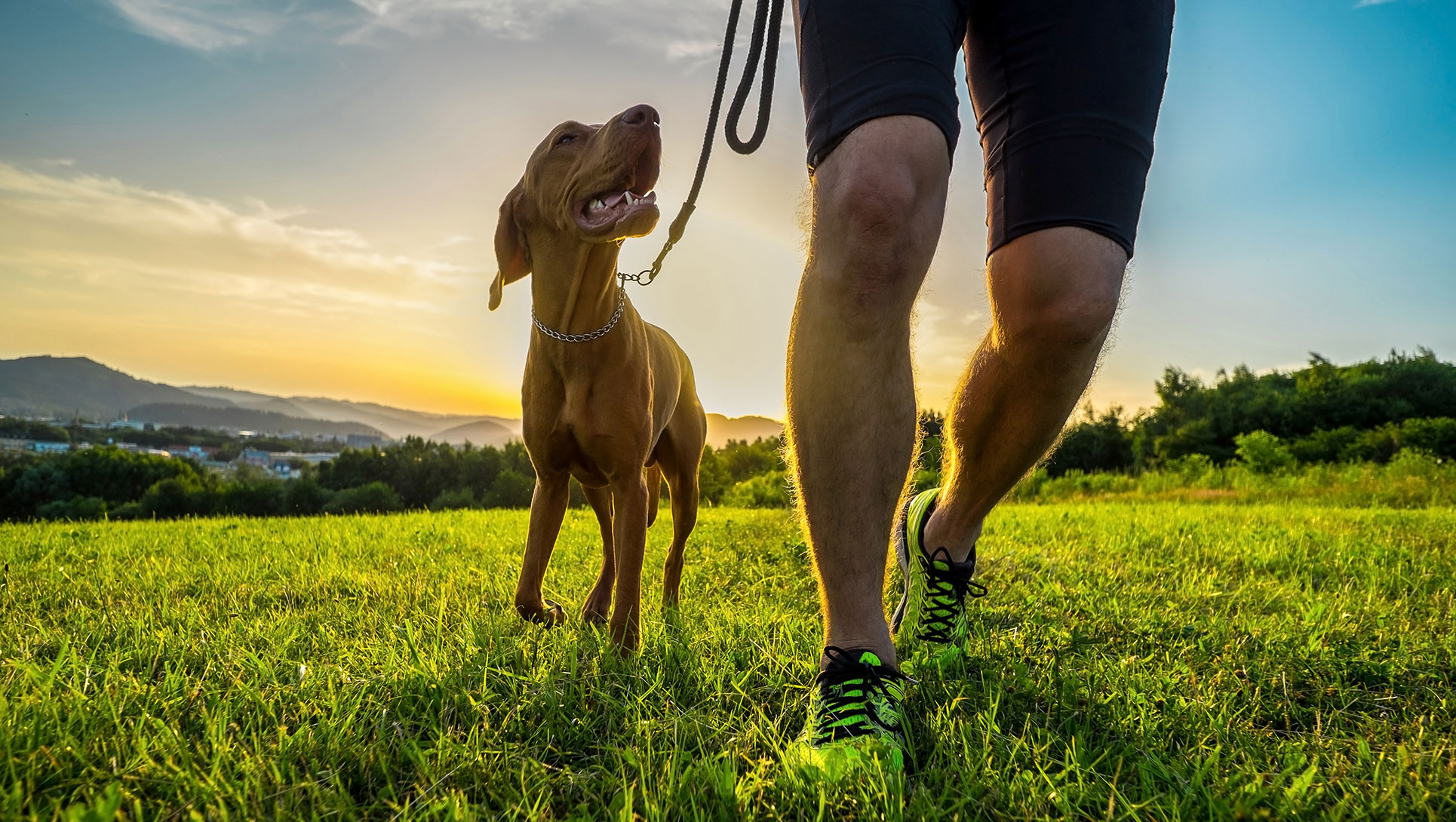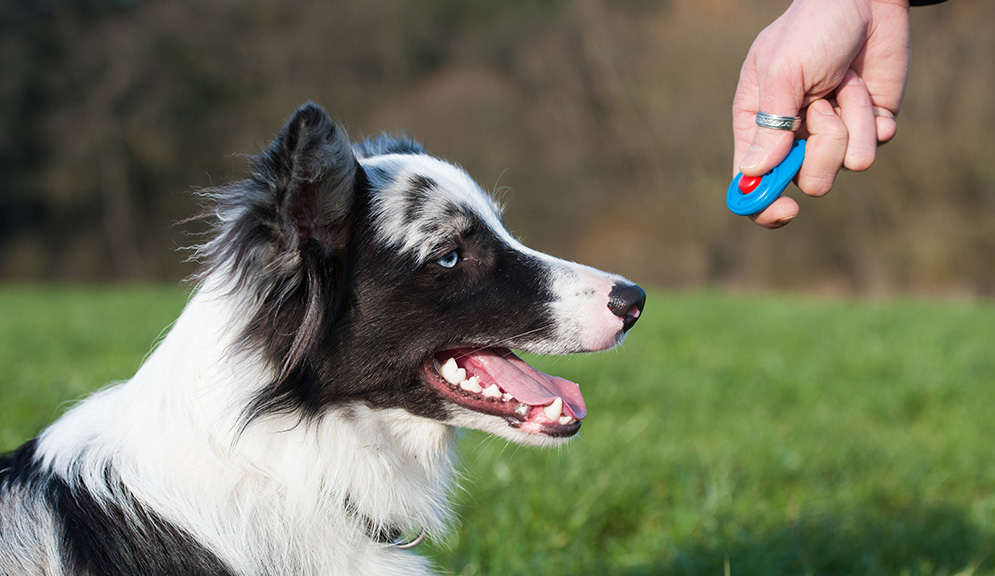Beginner's Guide to Successful Pet Training at Home
Successfully training a canine in the house requires a nuanced understanding of canine behavior and effective interaction methods. Developing clear training goals, making use of premium benefits, and keeping uniformity across member of the family are vital components. Incorporating training into day-to-day routines can boost both interaction and retention. Several novice instructors run into obstacles that might prevent progress. To navigate these intricacies efficiently, it's important to check out numerous key aspects that can transform your technique and result in a harmonious relationship with your pet dog. What essential principles should every newbie grasp to make sure success?
Comprehending Dog Actions
Comprehending pet habits is necessary for efficient training and promoting a harmonious relationship in between humans and their canine companions - Puppy Training. Pet dogs connect primarily via body movement, vocalizations, and faces, making it essential for owners to analyze these signals properly. Acknowledging habits such as tail wagging, roaring, or trembling can provide understandings right into a pet dog's emotion and intents
In addition, understanding the natural instincts of pets, such as their pack way of thinking, aids proprietors develop leadership duties within the family. This is important for creating an organized environment where dogs feel safe and secure and are extra receptive to training. Pet dogs are also affected by their socializing experiences; very early direct exposure to various atmospheres, people, and various other pets can considerably form their habits later in life.
Common behavioral problems, such as aggressiveness, anxiety, or excessive barking, commonly come from misconceptions or unmet requirements. Observing and dealing with these problems without delay can protect against rise and make certain a favorable training experience. By cultivating a deep understanding of canine behavior, owners can tailor their training methods to fit their canine friends, ultimately bring about a happy and well-behaved animal.

Crucial Training Tools
A well-appointed training area can significantly boost the effectiveness of dog training at home. Crucial training devices make certain that both the trainer and the pet dog can participate in productive sessions that foster learning and bonding.

Purchasing a sturdy leash and a comfy, well-fitting collar or harness is essential for security and control. These devices assist develop boundaries and ensure the pet dog stays safe and secure during training. Additionally, an assigned training location, free from distractions, help concentration for both the instructor and the dog.
Educating help such as training pads, cones, or agility devices can likewise boost the experience by presenting selection and challenges. Having a note pad or digital application for tracking development can be indispensable, permitting you to keep in mind successes and areas for renovation. Utilizing these essential devices will certainly produce a positive training environment and lay the foundation for efficient discovering.
Developing a Training Routine
Developing a regular training routine is crucial for efficient dog training in the house. A well-structured regular not just aids in enhancing wanted habits but likewise provides your pet with a feeling of protection and predictability. To produce an effective training routine, start by determining particular training objectives, such as basic commands, leash walking, or house-training.
Choose a designated time each day for training sessions, preferably when your dog is receptive and alert. Sessions should be short, around 5 to 15 minutes, to preserve focus and stop fatigue. Uniformity in timing and setting will certainly boost your dog's understanding experience.
Incorporate training into day-to-day tasks to enhance abilities. Practice commands during strolls or mealtime, which incorporates finding out into natural routines. Additionally, remain versatile and adjust the regular as needed, suiting your canine's energy levels and state of mind.
Positive Reinforcement Techniques

When carrying out favorable support, it is necessary to pick incentives that are motivating for your dog. High-value deals with, such as little pieces of chicken or cheese, can be particularly reliable throughout training sessions. In addition, varying the incentives can maintain your dog's passion Dog training and excitement.
Begin with straightforward commands, like "sit" or "remain," and gradually development to a lot more complex tasks. Consistency is vital; guarantee that all relative use the very same commands and incentive systems to prevent complication.
Additionally, it is essential to continue to be person and stay clear of aggravation. Dogs, like people, discover at their own speed. By fostering a supportive training setting via positive reinforcement, you can improve your pet dog's knowing experience while reinforcing the bond in between you and your hairy buddy, preparing for effective training results.
Usual Training Challenges
While training a dog at home can be a rewarding experience, it usually comes with a set of common difficulties that can examine both patience and uniformity. One prevalent problem is interruption. Canines might come to be easily averted by sounds, motions, or also aromas in their environment, making it difficult to preserve their emphasis during training sessions.
An additional challenge is variance in commands and support. It can puzzle the dog and hinder progression if household participants use different cues or incentives. Establishing a unified technique is essential for reliable interaction.
In addition, pet dogs can experience aggravation or stress, especially if they do not understand what is anticipated of them. This can result in unwanted behaviors, such Check Out Your URL as eating or barking.
Finally, the timing of support is critical. Postponed benefits can reduce the performance of positive reinforcement, as canines might fall short to link the actions with the benefit.
Overcoming these challenges needs dedication, clear communication, and an organized training strategy - Puppy Training. Identifying and dealing with these usual obstacles will certainly pave the means for a more pleasurable and effective training experience in the house
Final Thought
To conclude, effective pet training in your home requires a comprehensive understanding of canine habits and reliable interaction methods. By establishing clear training goals and making use of top quality deals with along with favorable reinforcement, the training process comes to be much more gratifying for both the fitness instructor and the pet. Consistency, perseverance, and adaptability are crucial elements that assist in understanding. Inevitably, integrating training right into everyday regimens enhances the bond between dog and owner, making the experience both enjoyable and productive.
Developing a regular training regimen is vital for efficient pet training at home.Favorable support techniques are fundamental to effective dog training, advertising desired actions through benefits instead than punishment. By cultivating a helpful training Visit Website atmosphere via positive support, you can enhance your dog's understanding experience while reinforcing the bond in between you and your furry companion, laying the groundwork for effective training results.
In verdict, effective canine training at home necessitates a comprehensive understanding of canine behavior and reliable communication approaches. By establishing clear training objectives and using high-quality treats along with positive reinforcement, the training procedure ends up being extra fulfilling for both the pet dog and the trainer.